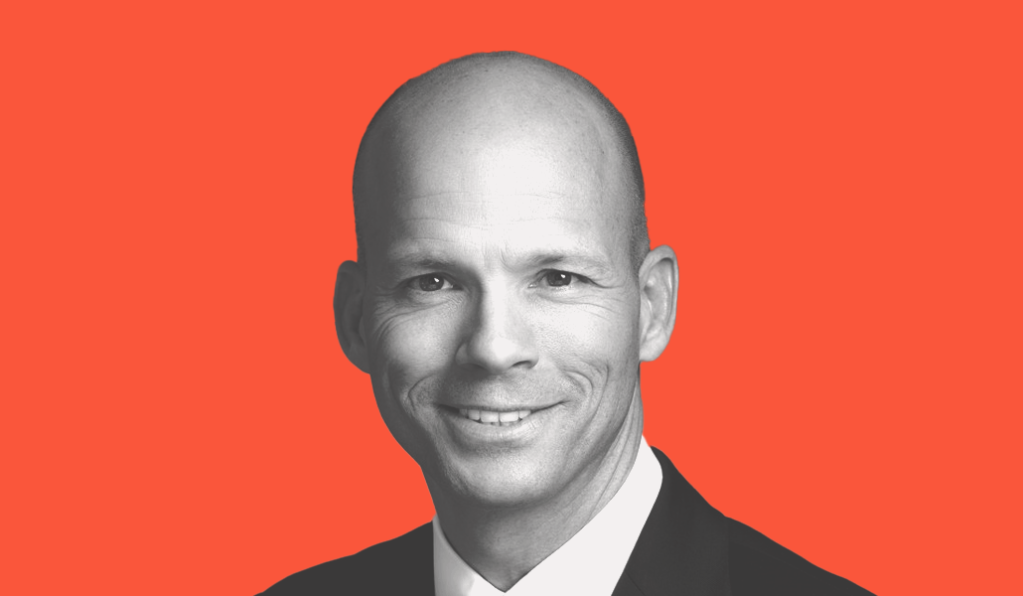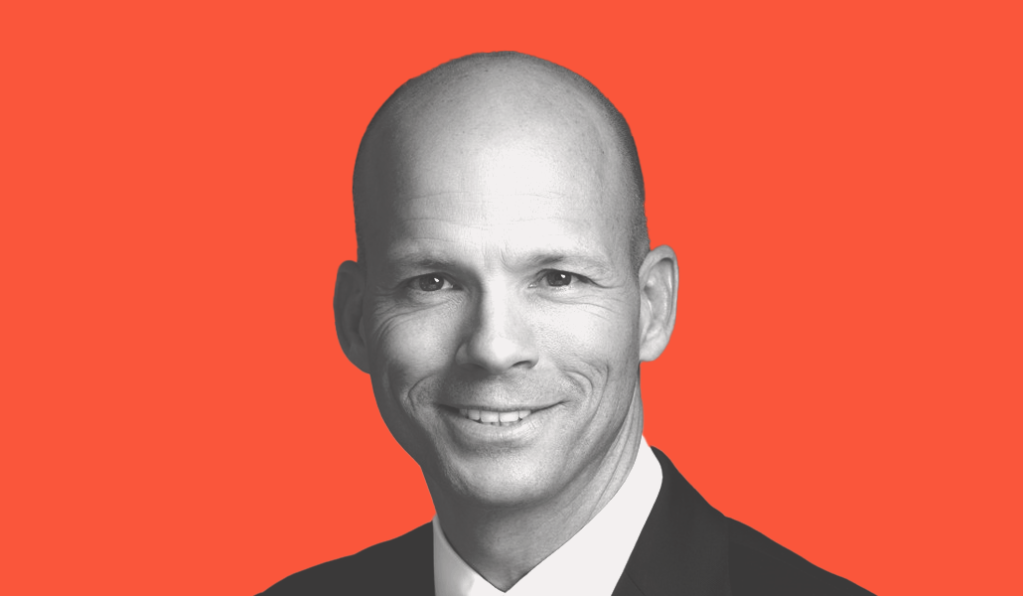Dollar General’s CMO on how its retail media network reaches rural shoppers

By Marty Swant
When Dollar General began building out its retail media network a few years ago, the discount retailer made a surprising realization: There was a disconnect between the audiences it was reaching and where its customers lived.
“[Marketers] are optimizing into the most efficient audiences and there’s a direct correlation to those audiences in more densely populated areas,” explained Dollar General CMO Chad Fox. “… We were optimizing into the more densely populated areas and away from the vast majority of our stores.”
Since then, the retailer has overhauled its retail media network, amassing more than 90 million customer profiles and along with them a surfeit of first-party data. Now, the retailer says it counts 51 advertising partners onboarded for 2023 — up from 21 when it launched in February 2022 — and hopes to add another 100 smaller advertisers by the start of 2024.
In an interview with Digiday, Davis talked about the company’s overall marketing strategy, a new retail media partnership with Meta, and why Dollar General is positioning itself as an “audience provider” rather than just another retail media network.
This interview has been edited for brevity and clarity.
How does Dollar General’s retail media network fit into the company’s overall marketing strategy?
We’re big fans of eating what we cook. So as we stand something up, how do you productize that and then make it available to our advertisers? … And so much of what we try to do as a marketing department is tell that story because that’s what drives consideration and keeps us top of mind, and drives traffic to the stores. So it’s a shared objective on the part of us and our vendors.
What’s a more specific example?
[Marketers] are optimizing into the most efficient audiences and there’s a direct correlation to those audiences in more densely populated areas. And so they’re unintentionally optimizing out of small-town rural America — out of roughly 30% of the country. But since 75% of our stores are in markets of 20,000 people or less, they are unintentionally optimizing out of the fastest growing brick-and-mortar retailer in the U.S. We saw this early on when we were … starting to invest in digital marketing and shifting out of the more traditional stuff, where we were optimizing into the more densely populated areas and away from the vast majority of our stores.
That was one of the big “Aha’s” that drove us to say, “Hey these folks are hard to reach, they’re hard to measure, therefore you can’t deliver the contracted impressions.” We need to invest in our first-party data and grow that out so we can measure it ourselves, whether or not it worked, and where we reach them. So we built the capability to reach the hard-to-reach and the hard-to-measure — both on-site, but especially off-site through programmatic DSPs, through paid social, through SEM — and as we figured all that out, we were able to take that to the vendor community and …read more
Source:: Digiday





